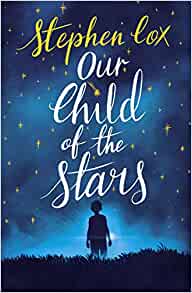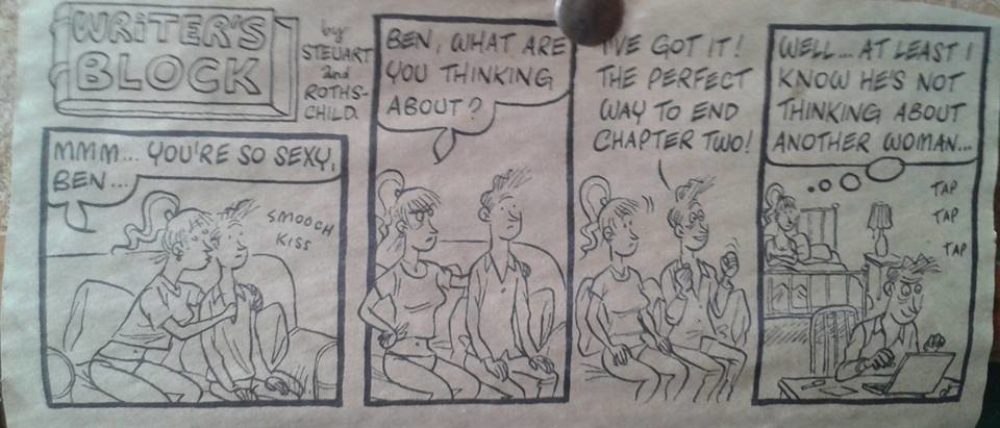 Our Child of the Stars, by Stephen Cox (Jo Fletcher Books, 2019)
Our Child of the Stars, by Stephen Cox (Jo Fletcher Books, 2019)
Our Child of the Stars is an intelligent and engaging take on a theme going back to Golden Age sf: the alien, helpless despite being extremely powerful, living covertly in a human community. It evokes all the right feelings of nostalgia while also taking a thoroughly up-to-date science fictional look at the idea.
We open in an apple-pie American town in rural New York state. A mother is making her child’s halloween costume. It only takes a few deft turns of phrase to show that this is not a usual child, so even before Cory scuttles up into the attic to hide when the doorbell rings, we are prepared for the physical descriptions: ‘his ears went up to ten to two’; ‘outer face tentacles’; ‘seven inch fingers’. In short order, Cox has ticked the boxes marked ‘Jerome Bixby’, ‘Ray Bradbury’ and ‘E.T.’, and he keeps it coming.
Two years earlier, the small town of Amber Grove achieved world fame when it was ground zero for a falling meteor. Much damage, pain and suffering. Riding in the shadow of the meteor was the lifeboat from an alien starship. Two survivors, mother and child, the mother living just long enough to entrust her child to a small handful of humans.
The paranoia we fully expect from umpteen versions of agenda-less Men in Black coming for the stranded extraterrestrial is justified by Cox’s decision to set the novel at the end of the 60s. The good and the bad of that decade are a steady background hum. Troops are in Vietnam; Joan Baez is on the radio; Soviet spy rings are in the news; and worst of all, Nixon is in the White House. Handing Cory over would simply be unthinkable.
And this is where we learn to take nothing for granted based on any TV or movies we may have seen. How do you go about giving covert medical aid to, and ultimately adopting, an alien child? Cox’s characters go into the full practicalities, including matters like infection control, immunity, and the compatibility of alien proteins when it comes to eating. Plans are drawn up, plans go wrong, desperate improvisations have to be made (a theme throughout the novel). The couple that end up with Cory do so much more by accident than by design. They have been knocked about by life: miscarriage, infidelity, alcoholism, but still tied together by the slenderest and most unbreakable of threads. In other words, a real-life couple.
The authorities want the technology of Cory’s people not only because (a) who wouldn’t? but (b) in this period, more than any other since, both sides of the Cold War feel that they could really do with it. Cory has means of protecting himself but they are subtler (and easier to believe from an evolutionary point of view) than making bikes fly. And given that this is a novel, not a Spielberg movie, they introduce new complications and problems. Maybe an adult could wield them with more precision – but Cory isn’t an adult, he’s a frightened, lonely, bereaved child. The adults who get to taste exactly what his powers can do don’t know this, of course, and he gives them no reason to care. Other things to concentrate the mind are that the ship has also survived the crash and is busy repairing itself; and as far as it is concerned, humans are just collateral in its own agenda of protecting Cory from the aliens that caused the crash in the first place. Who are still out there, and quite possibly on Earth too.
A nice touch is that, after all the paranoia and desperation, it is Nixon’s practical amorality that provides the solution.
You finish the book with the feeling that Cox has mined an old seam and discovered unsuspected riches in it.
